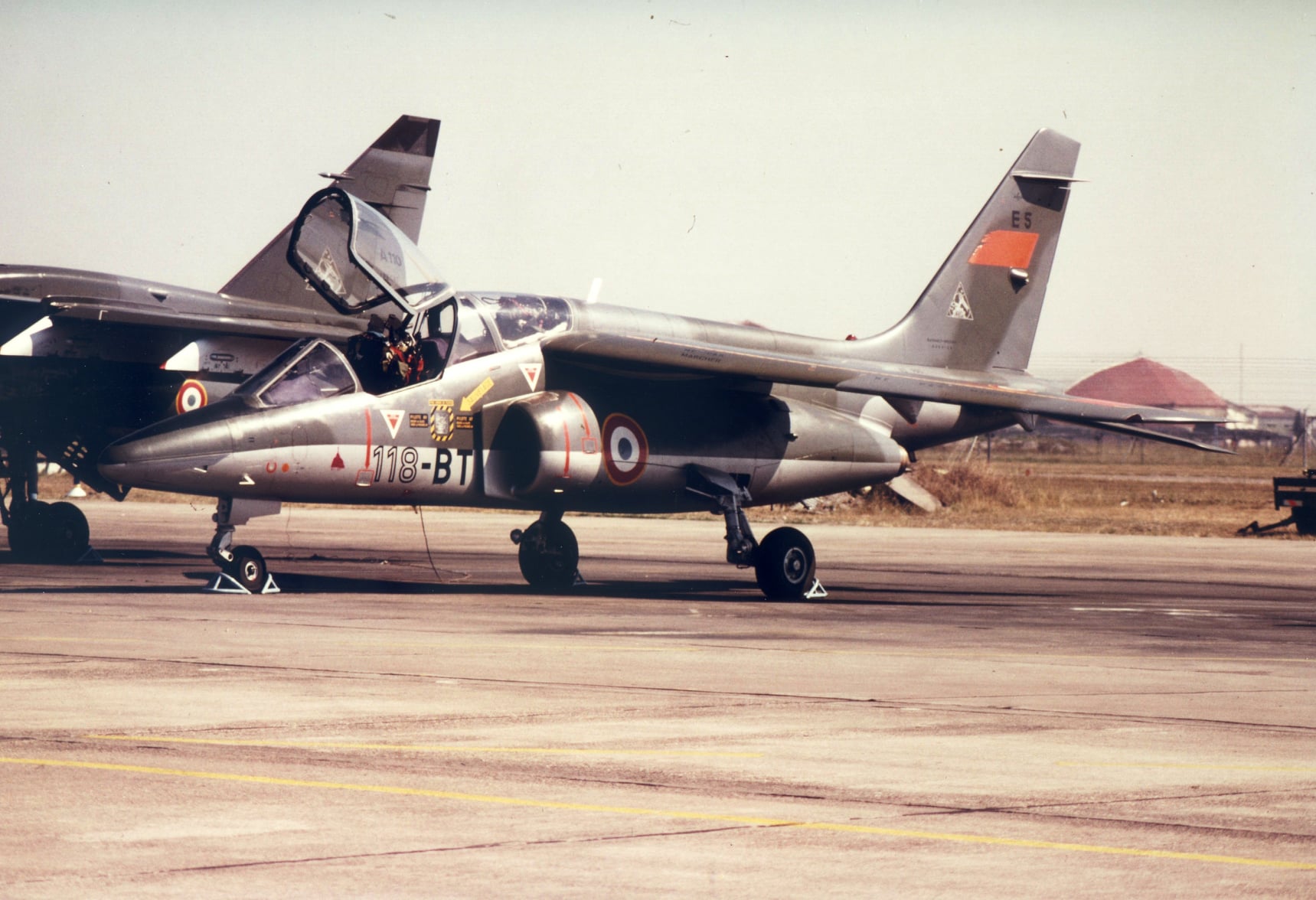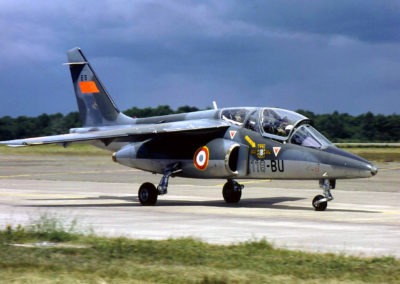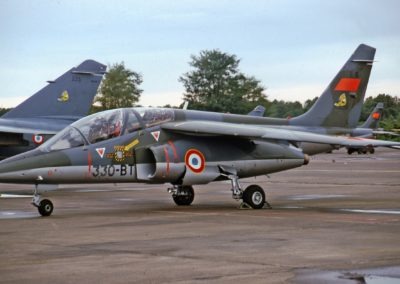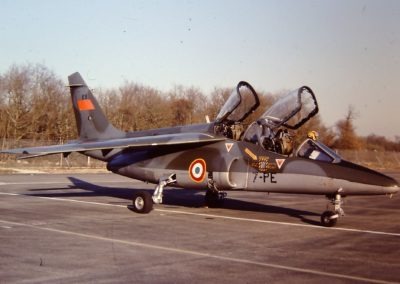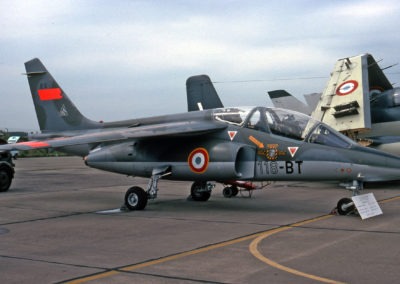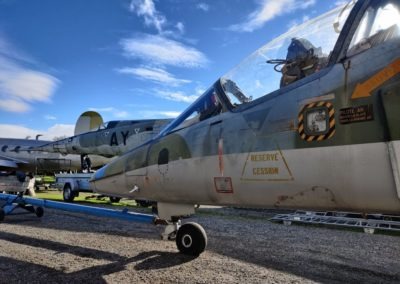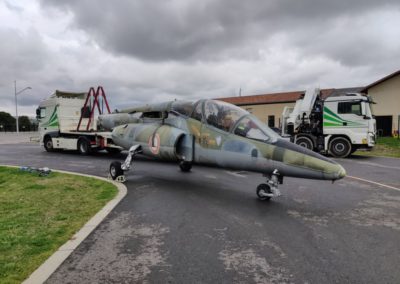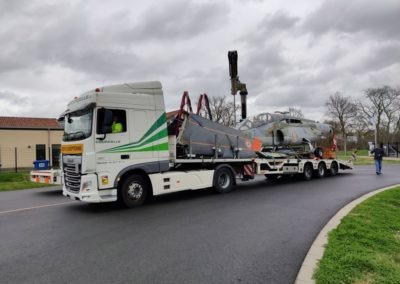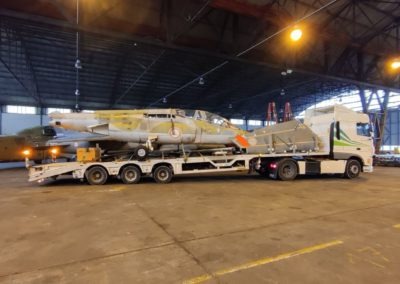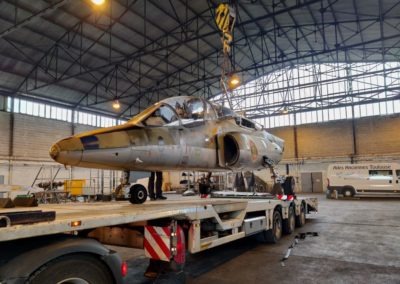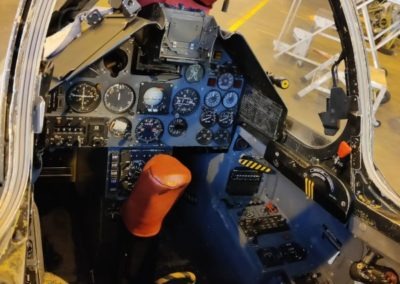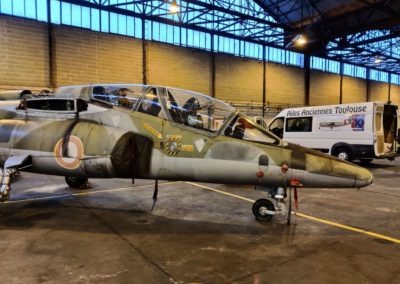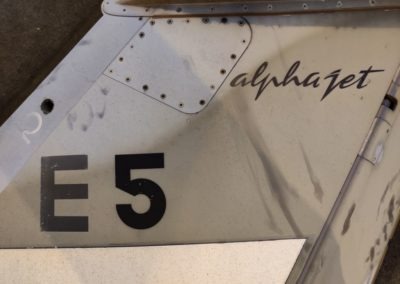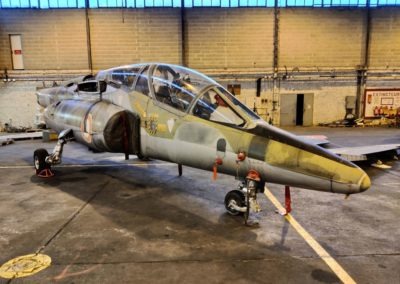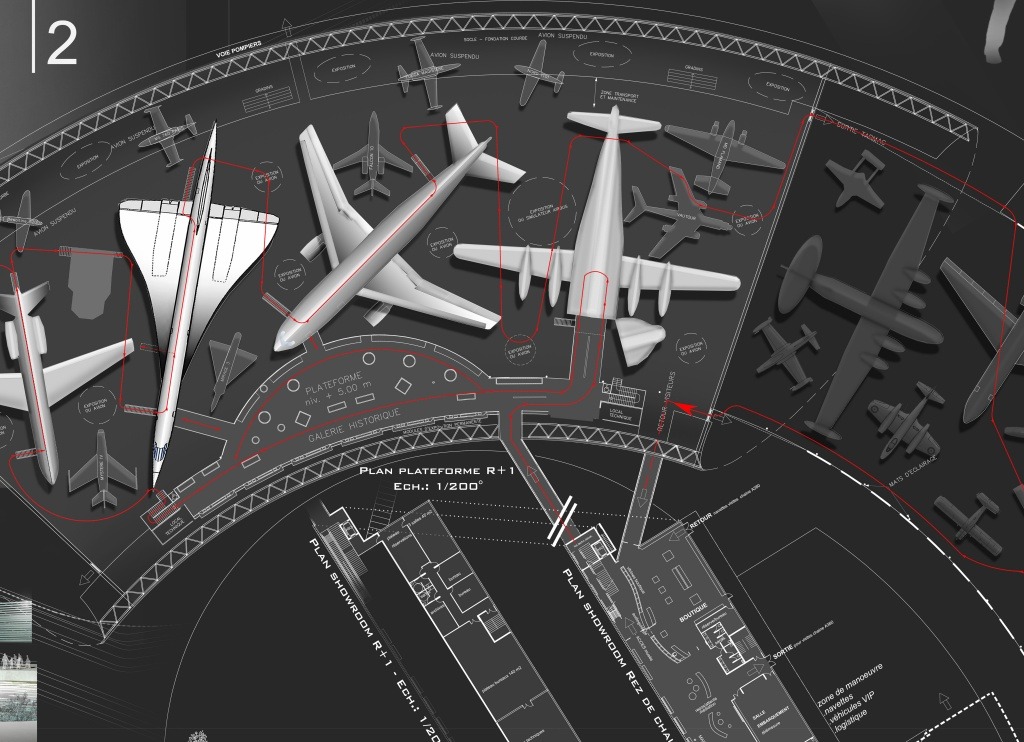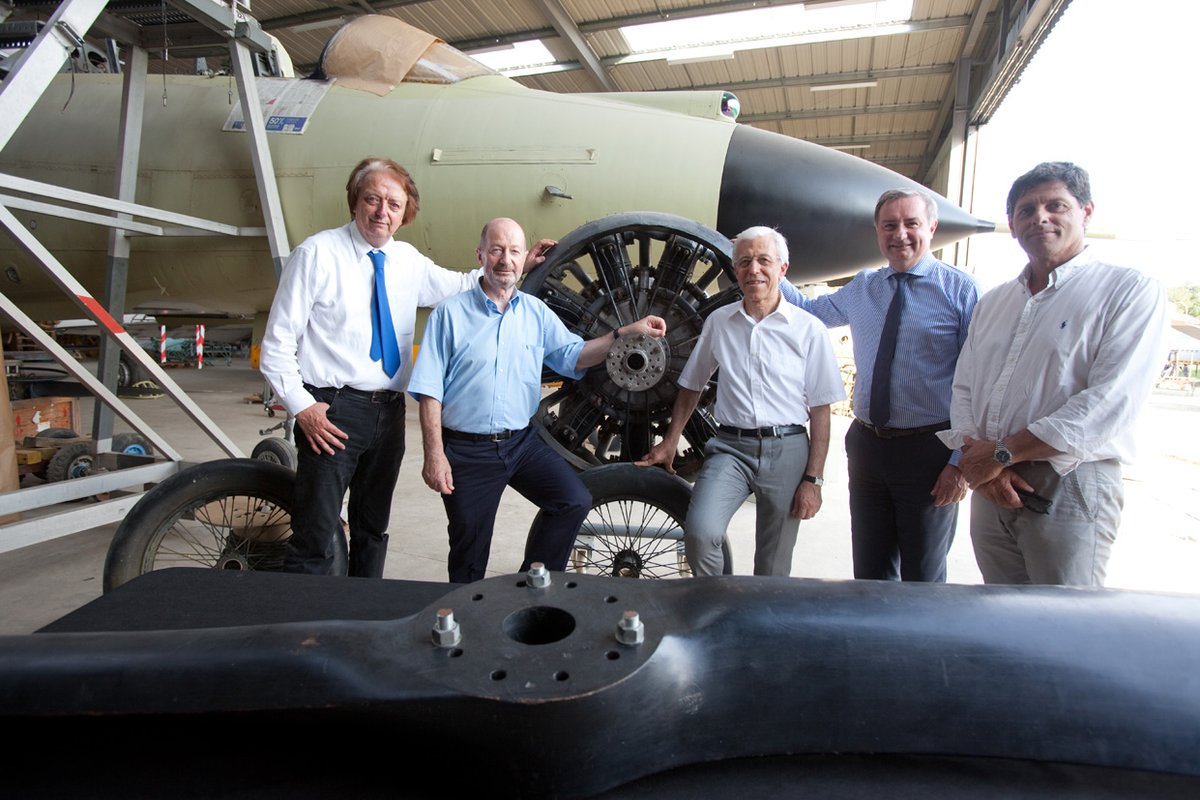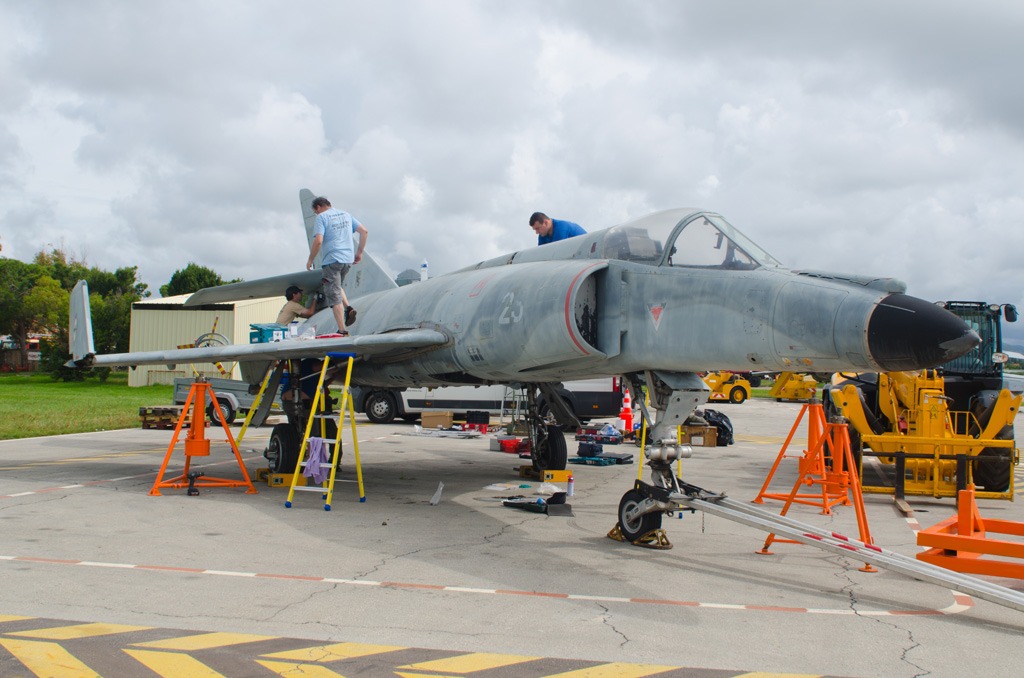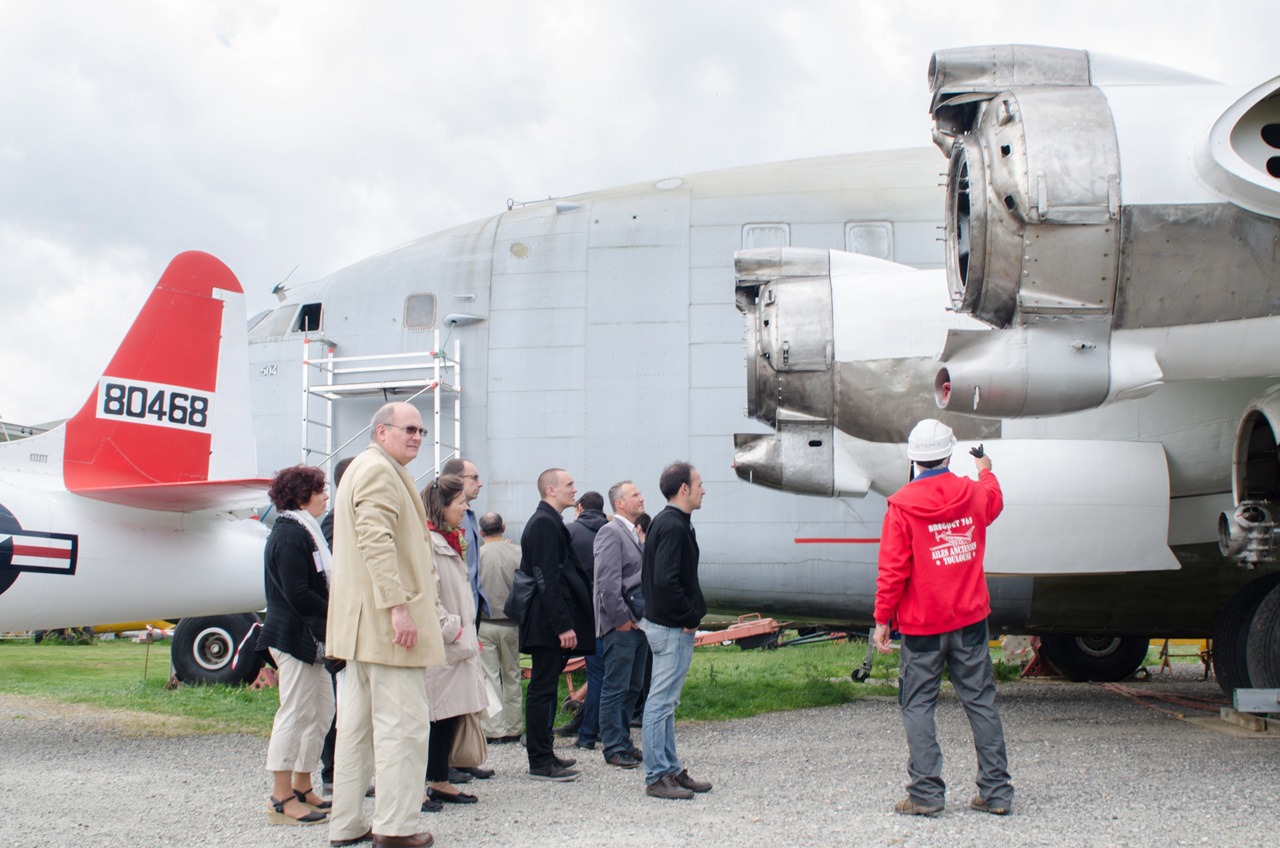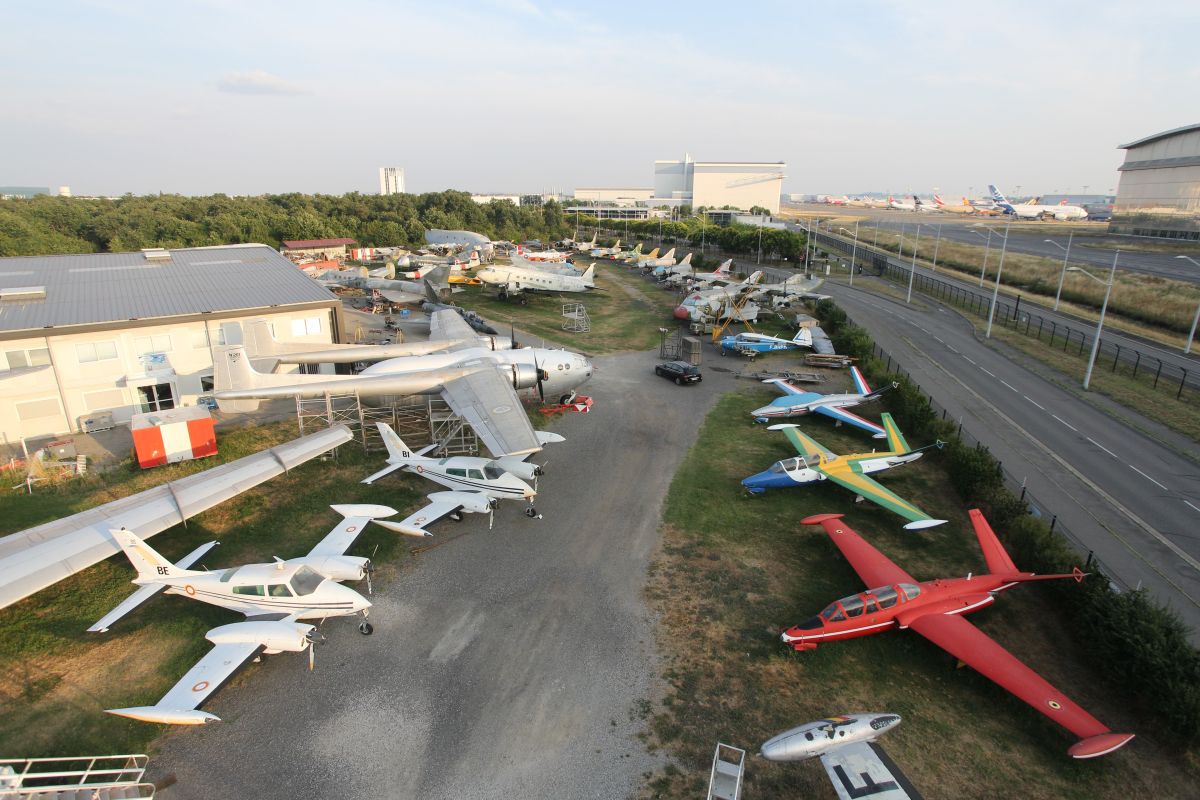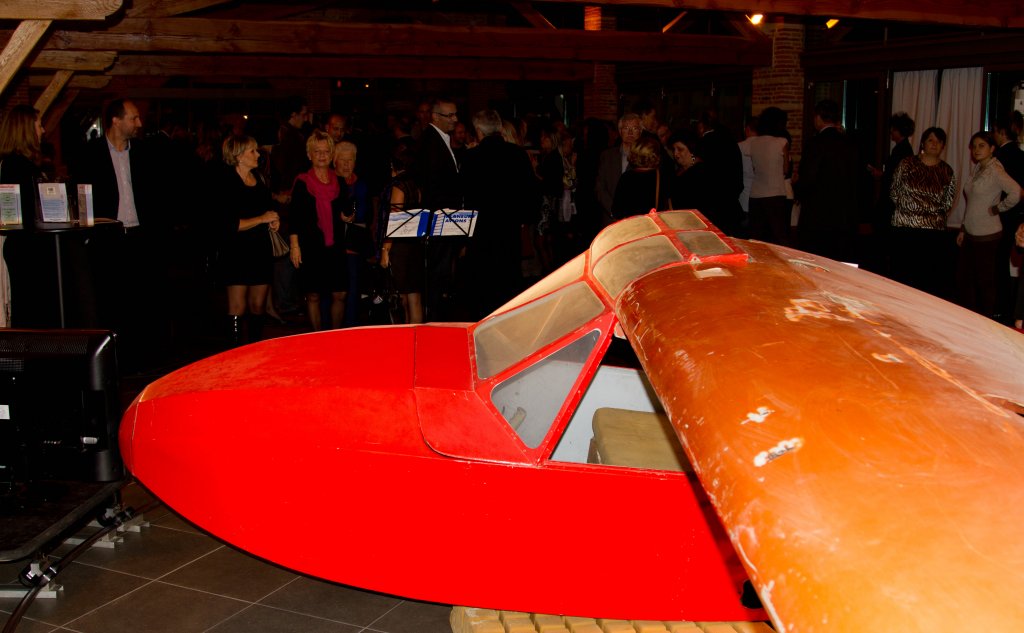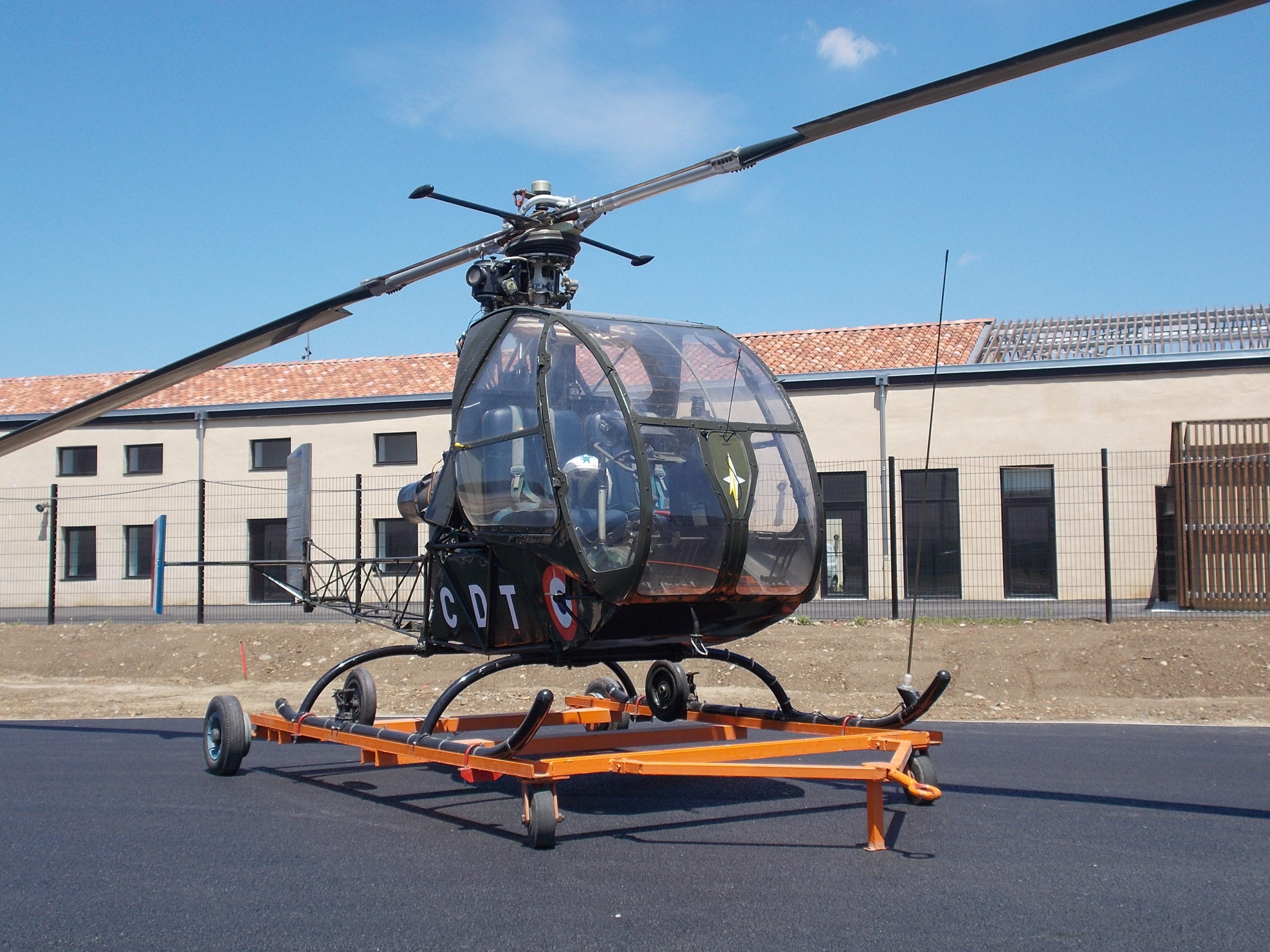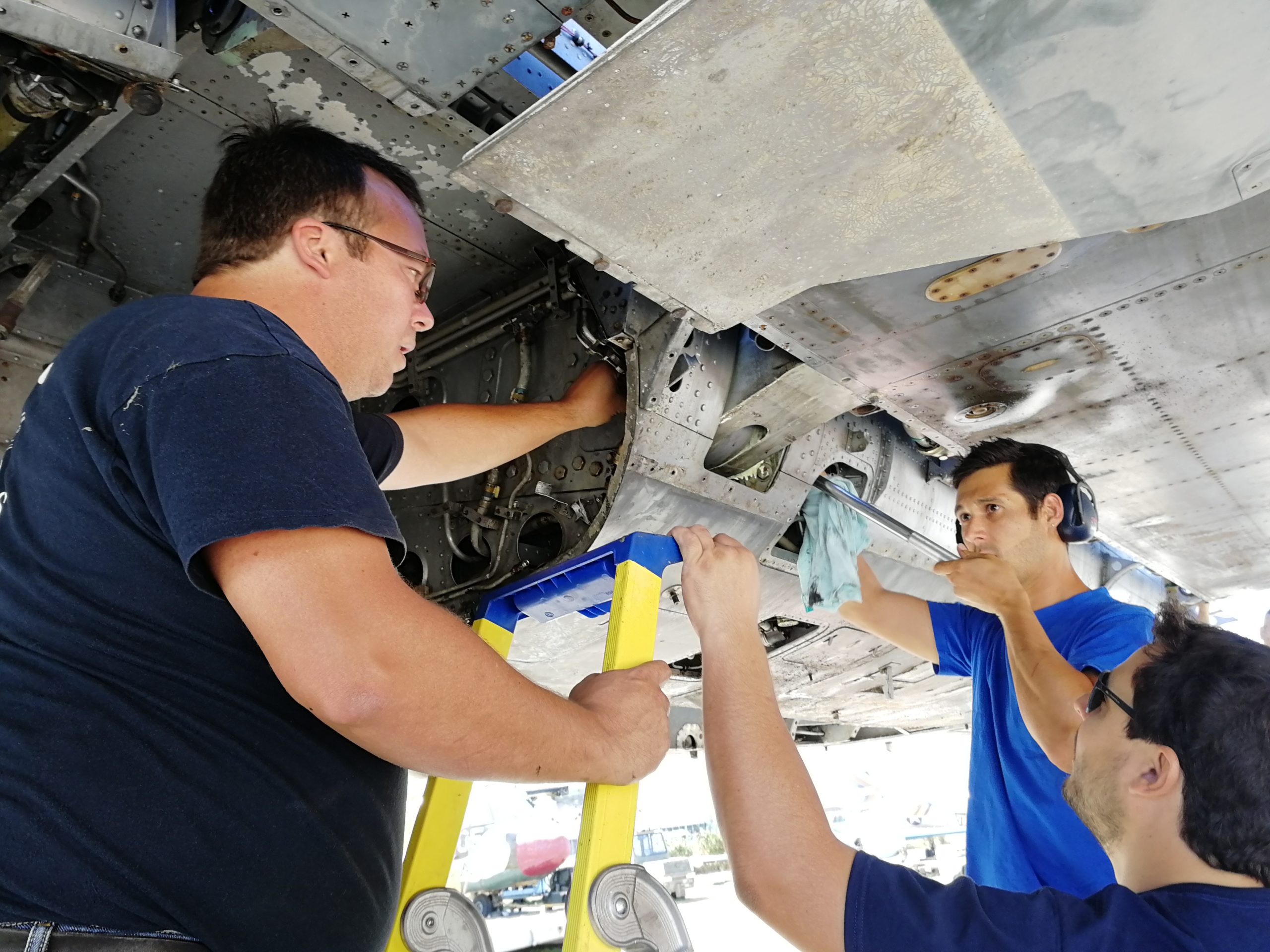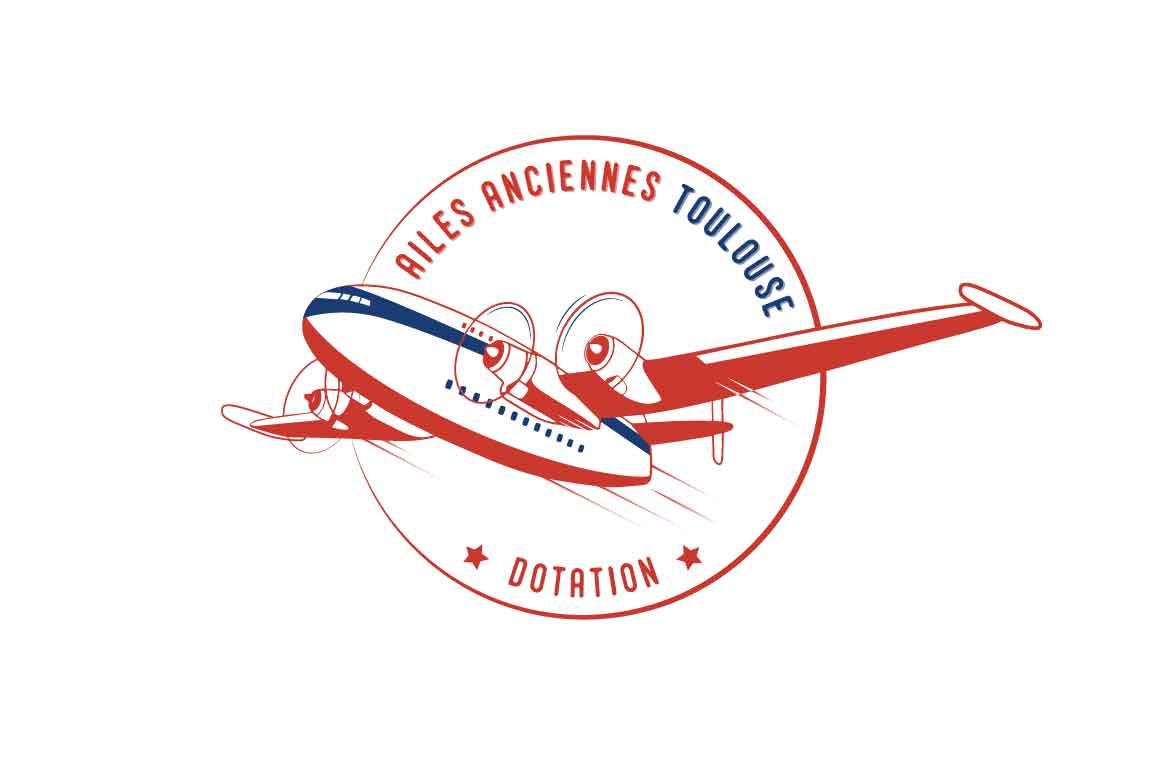Historia
En 1965, las Armadas aéreas alemana y francesa buscaban reemplazar los Lockeed T-33 y los Potez / Aérospatiale Fouga Magister. Esa necesidad llevó a llamar a concurso de forma conjunta para los dos ejércitos para el desarrollo de una aeronave de entrenamiento y de ataque subsónico.
Las empresas Breguet (más tarde fusionada con Dassault) y Dornier se aliaron para proponer el TA 501 (abreviación de Training & Attack), que unía los conceptos del Breguet 126 del lado francés y el Dornier P.375 de parte alemana.
El 23 de julio de 1970, el contrato fue adjudicado a dicha alianza, y el avión toma su nombre definitivo: Alpha Jet. Se fabricaron dos versiones: la versión A de ataque, producida en Alemania, reconocible por su nariz puntiaguda, y la versión E francesa, con una nariz más redondeada que favorece la estabilidad.
El 26 de octubre de 1973, el prototipo 01 del Alpha Jet efectuó su primer vuelo en Istres a manos del piloto de ensayos Jean-Marie Saget. El primer ejemplar de la serie, el E1, hizo su vuelo inaugural el 4 de noviembre de 1977.
En total, se fabricaron nada menos que 512 unidades.
La mayor parte de los aviones fabricados se realizaron en uno de los edificios de la fábrica de Dassault-Breguet de Colomiers (donde por muchos años se alojó la asociación Ailes Anciennes). Esta fábrica fue absorbida por las instalaciones de Aerospatiale, y después por Airbus a principios de los 90s.
En el marco de dicho programa de cooperación, la fabricación de sub-componentes del Alpha Jet se repartió entre diferentes países: Dassault-Breguet producía las partes delantera y central del fuselaje, y Dornier las alas, el estabilizador y el fuselaje trasero. En cuanto a la empresa SABCA, ésta se encargaba del morro y los flaps.
En Francia, el Alpha Jet es el utilizado por la Patrulla de Francia desde 1981.
Características
| Envergadura | 9,16 m |
| Longitud | 11,85 m |
| Altura | 4,19 m |
| Peso en vacío | 3345 kg |
| Peso máximo | 7250 kg |
| Velocidad máxima | 1 062 km/h (Mach 0,86) |
| Alcance | 1230 km |
| Tripulantes | 2 |
| Motorisación | 2 Snecma-Turbomeca Larzac 04C6 de 1400 kgp |
| Número de serie | E5 |
Nuestro avión
Nuestro aparato es un Alpha Jet E5, uno de los primeros de la serie. Entrado en servicio en enero de 1979, pasa el principio de su carrera asignado al Centro de Experiencias Aéreas Militares (CEAM) de Mont-de-Marsan, hasta principios de los 90s.
Después es asignado a Cazaux, después a Saint-Dizier y finalmente a Tours. Finalmente es retirado en febrero de 2012 tras acumular 5478 horas de vuelo.
Nosotros lo recuperamos el 10 de febrero de 2021 en Châteaudun, tras lo cual lo transportamos hasta nuestras instalaciones.
Fotos en uso

